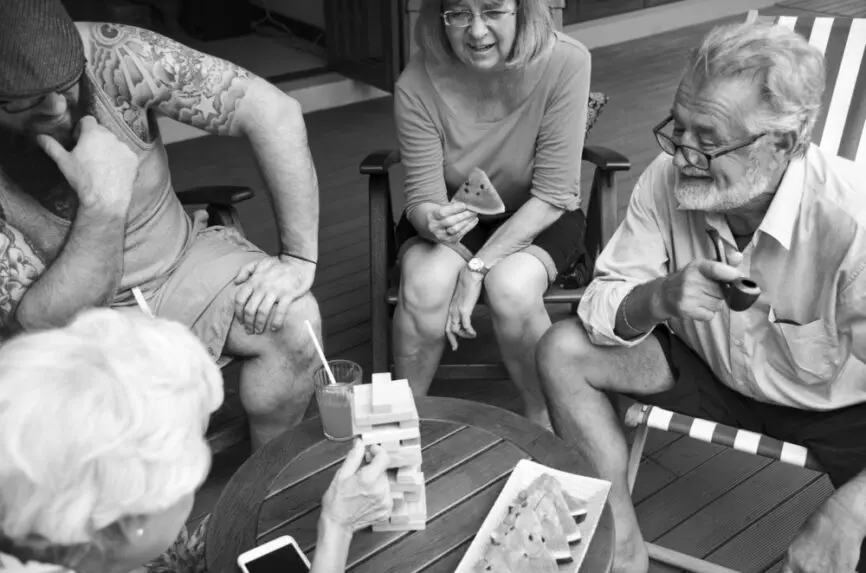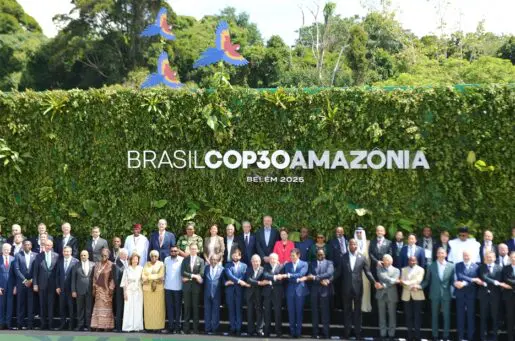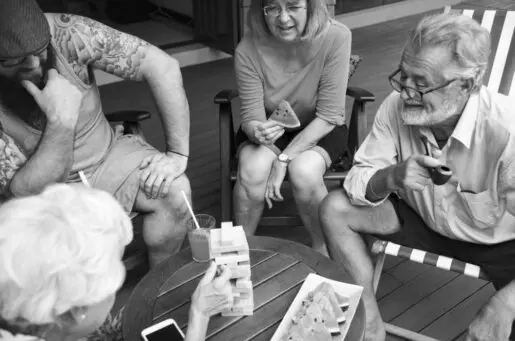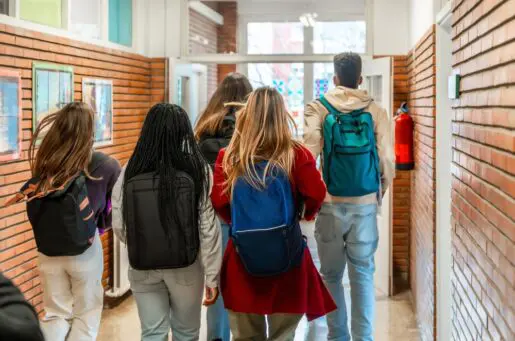Bioethics Forum Essay
Geographical Aging
When I was a fellow in medicine back in the 1990’s, one of my mentors, Dr. Morton D. Bogdonoff, was finishing up a project called “The Living at Home Program.” Funded by the Commonwealth Fund and the Pew Charitable Trust, it sought to keep elderly people in their homes as long as possible so that they could age in comfort and dignity in familiar surroundings. At home, properly supported, they could live longer and better than if they were institutionalized. There was an implicit message in the work, which I did not understand back then: where you age matters at least as much as your physiology.
In medicine there is the concept of biological age which speaks to that physiology. By assessing the strength of various organs like kidney or heart function and levels of inflammation physicians can calculate what your physiological age is. Importantly, your chronological age may not match your physiological age. And given this, a lot of effort has been expended to alter your biological age to expand lifespan and compress morbidity. We know the ministrations well: exercise; stay intellectually active; and drink a little red wine–a salubrious antioxidant to stave off inflammation, which is a major culprit of aging.
But Dr. Bogdonoff’s now ancient project suggests that there is a different variable that we should be thinking about, and I would like to propose we also consider geographical aging. That is, where you age might have a significant bearing on your life expectancy and quality of life. Others have explored how geography has informed human progress and human happiness. Famously, pioneering health services investigator John Wennberg wrote about regional variation in health care delivery. Here, I want to expand upon these predicates and apply the concept of geography to aging. I want to transcend questions of venue and whether you age at home or in a nursing home. Instead, I want to zoom out a bit and consider where you age in America as an important variable.
What bearing does an urban or a rural existence have on aging? We live in at least two Americas, urban and rural, and perhaps three if we consider suburbia. Each has its own mix of characteristics, such as poverty and wealth, social services, transportation, and access to primary, specialized, and hospice medical care. Perhaps more critically, each region of the country has differing sociologies when it comes to the state of the family and intergenerational ties. Community is different in rural versus urban America. The pluralism and isolation of city life is countered by connections made between neighbors in rural settings, where common roots of family, religion, and history often create ties that bind. Of course, rural America tends to have fewer social services and ready access to transportation and specialized medical care.
Each part of the country has its challenges. Yet ironically–in our divided times–at least at first glance the deficiencies of one region are balanced by the strengths of the other. This is, of course, a crude generalization, but from this starting point springs an opportunity for regions of the country to come together and compare notes on how we are aging and will age in America. This inquiry can be motivated by an ethical stance that holds that those who are similarly situated in the life cycle–wherever they live in America–deserve equal access to human flourishing in life’s final stages.
This was the original motivation of Social Security and Medicare, and it is time to reconsider the needs of the elderly in light of regional differences. This will require study and a comprehensive accounting of how we age, geographically, in America. Geography may well prove to be destiny at life’s end, and it is time to fully apprehend this variable to improve the well-being of our citizenry across the life cycle.
There is an additional, and perhaps most critical, benefit to this inquiry beyond its potential impact on aging in America, and that is its bearing on the political health of America itself. In the process of learning about aging in rural and urban America, we are bound to find commonalities that can heal the partisan breach that so threatens our national homeostasis.
I suspect we will find shared aims even if our language obscures commonality of purpose. Progressives might see their work at an urban foodbank through a communitarian gaze while conservatives living in a rural region might view their care of their neighbors as a religious obligation. But, if actions speak louder than words, perhaps the sharing of experiences might drown out the clang of ideology and reveal the good deeds of caring that are happening all across the country, in rural and urban America.
In a hyper-polarized time, wouldn’t it be nice if we could learn from each other, and one part of the country could draw strength from another in order to form a more perfect union? Aging is neither a red state nor blue state issue. It is a blend of both, and our elderly, wherever they live, deserve the dignity of a rich and fruitful life. That is the very least younger generations owe them. And in helping them, they will be helping to preserve and strengthen the country to which they have devoted their lives.
Joseph J. Fins, MD, DHL (hc), DMSc (hc),MACP, FRCP, is the E. William Davis Jr. M.D. Professor of Medical Ethics, a professor of medicine and chief of the division of medical ethics at Weill Cornell Medical College; Solomon Center Distinguished Scholar in Medicine, Bioethics and the Law and a Visiting Professor of Law at Yale Law School; and a member of the adjunct faculty at the Rockefeller University. He is a Hastings Center Fellow and chair of the Center’s board of trustees.














Good ethics starts with good descriptions. If Joe Finns essay is the beginning of anything, it should lead to a renewed effort to study aging in terms of its experiential aspects, a phenomenology of aging. We have good phenomenological descriptions of doctoring, nursing and for many illnesses like cancer, but for aging, we have largely relied on stereotypes promoted by a culture of youthfulness and vigor, or medical notions of aging as opportunities for therapy. Knowing what might be good for the elderly begins with better descriptions of just the aged are, and what their lives are like. A worthwhile project for the Center.
Pew published research (2018) instructive for this project.
I recently asked Pew to revisit this work and update in 2026 (they are in a process of seeking input for research). Here https://www.pewresearch.org/social-trends/2018/05/22/what-unites-and-divides-urban-suburban-and-rural-communities/ we see some important relevant findings:
rural are more likely to have lived in same place for 11+ years, and are less likely to move if the chance came to do;
rural are more likely to live ‘near where they grew up’ ;
rural are more likely to report knowing all their neighbors but not more likely to meet them regularly;
rural are much less optimistic about their economic futures/fortunes;
rural has a greater proportion of 65+ but suburban is ‘graying more rapidly’ (perhaps because rural get sick more and die sooner, from almost all leading chronic illnesses as well as accidents; abundant health data to show this);
urban ALWAYS had many more ‘Democratic’ voters, but rural ONLY STARTED having many more ‘Republican’ voters in the mid 2000s, perhaps punctuated by, or driven by Obama1 and ‘TEA – Taxed Enough Already’ movements (I remember well in my rural area);
rural are much more likely to endorse that ‘traditional American customs and values are threatened’;
urban are MUCH MORE likely to endorse that ‘government should to more to solve problems’ and MUCH LESS likely to endorse that ‘government is doing too many thing that are better left to businesses and individuals’ (here rural and suburban are much closer to one another).
etc etc etc I hope the Pew will update this research.
In any case, these are all interesting points to consider a ‘experiential’ analysis or ‘phenomenological’ theory of aging. But please do not approach a rural audience starting out with those big words. Not that rural folks don’t know what they mean; rather, they will learn from them the you mean to meet them with a hypothetical, abstract or ideological template, for your own purposes. And not very likely to know them as persons, with their own practical values and priorities.
Thank you.